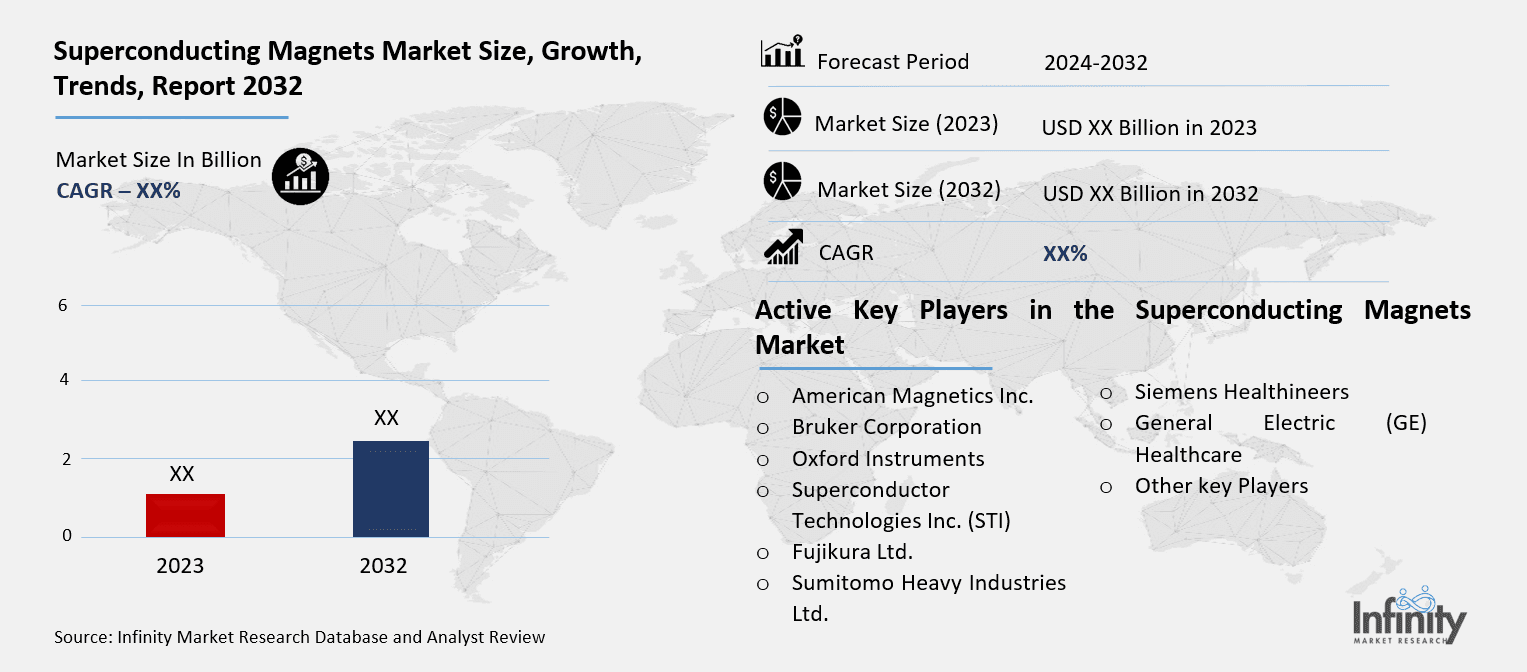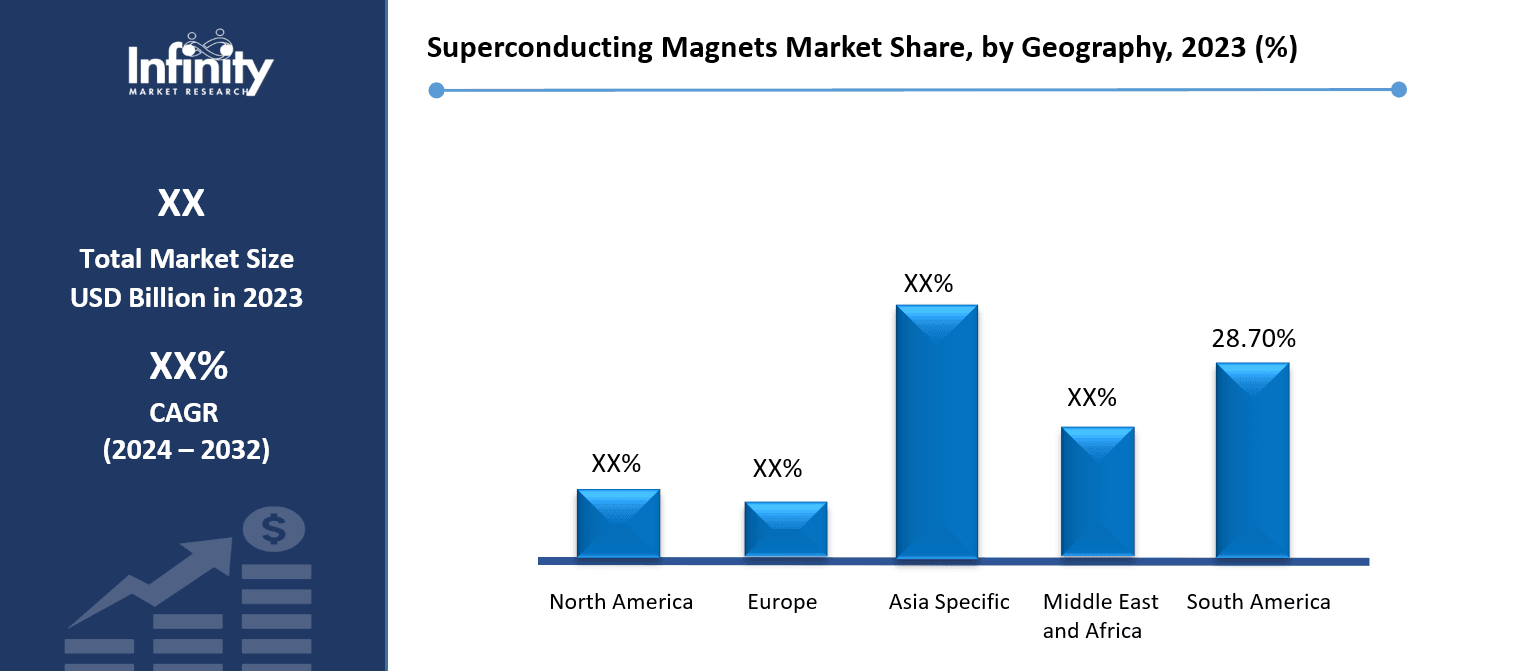
🔐 Secure Payment Guaranteed
Safe checkout with trusted global payment methods.
🌟 Why Choose Infinity Market Research?
At Infinity Market Research, we dont just deliver data — we deliver clarity, confidence, and competitive edge.
In a world driven by insights, we help businesses unlock the infinite potential of informed decisions.
Here why global brands, startups, and decision-makers choose us:
Industry-Centric Expertise
With deep domain knowledge across sectors — from healthcare and technology to manufacturing and consumer goods — our team delivers insights that matter.
Custom Research, Not Cookie-Cutter Reports
Every business is unique, and so are its challenges. Thats why we tailor our research to your specific goals, offering solutions that are actionable, relevant, and reliable.
Data You Can Trust
Our research methodology is rigorous, transparent, and validated at every step. We believe in delivering not just numbers, but numbers that drive real impact.
Client-Centric Approach
Your success is our priority. From first contact to final delivery, our team is responsive, collaborative, and committed to your goals — because you re more than a client; you re a partner.
Recent Reports
Global Myopia Control Lenses Market Report 2025-33
Hyaluronic Acid-based Dermal Fillers Market Report
Superconducting Magnets Market
Superconducting Magnets Market Global Industry Analysis and Forecast (2024-2032) By Type (Low-Temperature Superconducting (LTS) Magnets, High-Temperature Superconducting (HTS) Magnets) By Application (Healthcare, Energy & Power, Transportation, Research & Development, Electronics & Manufacturing. By End-User (Healthcare, Energy & Power, Transportation, Research & Development, Electronics & Manufacturing) and Region
Mar 2025
Semiconductor and Electronics
Pages: 138
ID: IMR1880
Superconducting Magnets Market Synopsis
Superconducting Magnets Market research report acquired the significant revenue of XX Billion in 2023 and expected to be worth around USD XX Billion by 2032 with the CAGR of XX% during the forecast period of 2024 to 2032.
Made from superconducting materials—which, at very low temperatures show zero electrical resistance—superconducting magnets are a kind of electromagnet. Superconducting magnets are quite efficient and able to produce very powerful magnetic fields since their special characteristic lets them transmit electrical current without losing energy. Applications for these magnets abound: magnetic resonance imaging (MRI) devices, particle accelerators, magnetic levitation trains, and fusion reactors. Particularly in the sphere of nuclear fusion, the market for superconducting magnets is driven by the growing demand for enhanced medical devices, research applications, and the development of clean energy technologies overall. The market for superconducting magnets is predicted to develop significantly in the next years given the growing demand for high-performance, energy-efficient devices.
Their expanding use in many sectors including medical imaging, particle accelerators, and energy systems is driving fast expansion in the market for superconducting magnets. A spectrum of high-performance devices depends critically on superconducting magnets, which run very low temperatures to produce strong magnetic fields. A main driver of demand in the healthcare industry, magnetic resonance imaging (MRI) devices make substantial use of these magnets. Furthermore driving market expansion are the increasing use of superconducting magnets in research uses, especially in the domains of particle physics and energy storage systems.

Superconducting magnets are becoming more and more popular in energy applications as the market for renewable energy solutions grows, particularly in wind turbines and power grid systems. For projects involving sustainable energy especially, their capacity to boost efficiency and lower energy losses is rather important. Moreover, the creation of new transportation-related technologies like electric cars and maglev trains helps to increase the market. With manufacturers concentrating on enhancing the performance and cost-effectiveness of superconducting magnets, these developments are fueling invention in superconducting materials.
Increasing research and development activity helps the market as well since it stimulates investment. Initiatives aiming at improving superconducting technology are being sponsored by governments and commercial companies all over. This includes creating commercially more feasible high-temperature superconducting magnets capable of running at rather greater temperatures. In the next years, the move towards green technologies—such as magnetic refrigeration and enhanced energy storage solutions—should generate fresh prospects for superconducting magnets.
Notwithstanding the great potential for development, obstacles such the high cost of manufacturing, complicated cooling needs, and restricted availability of raw materials for high-performance superconductors still prevent general acceptance. Over time, however, expected to solve these problems are continuous technological developments and the expansion of manufacturing capacity. Consequently, the market for superconducting magnets is expected to keep growing since sustainable energy solutions are attracting more attention and have uses in several fields.
Superconducting Magnets Market Trend Analysis
Trend
Adoption of Superconducting Magnets in MRI Machines for Enhanced Imaging
Rising acceptance of these magnets in the medical field, especially in magnetic resonance imaging (MRI) machines, is one of the main trends guiding the expansion of the superconducting magnets market. Because they can provide stronger magnetic fields with more efficiency, superconducting magnets are becoming more and more preferred in MRI systems. More thorough and accurate imaging made possible by these improved magnetic fields is essential for the diagnosis of difficult medical diseases. Superconducting magnets also use less energy than traditional electromagnets, which helps imaging equipment to be more generally efficient and lowers running expenses for healthcare buildings. Superconducting magnets are destined to become a mainstay of high-performance MRI systems as healthcare facilities keep giving enhanced diagnosis capabilities top priority.
Particularly in developing nations, the growing need for improved medical imaging technology is driving healthcare facilities to spend more in complex MRI scanners dependent on superconducting magnets. These magnets not only enhance MRI scan resolution and clarity but also present the possibility for faster imaging, which is essential for patient flow in crowded hospitals. The demand for superconducting magnets in the medical field is driven even more by the growing trend of tailored treatment and the necessity of accurate diagnosis instruments. Driven by the continuous developments in medical imaging technology and the continuous acceptance of MRI machines in hospitals and clinics all around, the global market for superconducting magnets is predicted to witness continuous increase.
Opportunity
Enhanced MRI Capabilities Driving Demand for Superconducting Magnets
The medical industry, more especially magnetic resonance imaging (MRI) applications, presents one of the most important prospects for superconducting magnets. MRI devices depend on superconducting magnets since they allow the creation of strong and stable magnetic fields—qualities required for creating high-resolution images. Particularly in the detection of minor anomalies, which results in better patient outcomes, these upgraded capacities enable increased diagnosis precision. Demand for improved MRI equipment driven by superconducting magnets is gradually rising as the healthcare sector keeps giving early identification and accurate diagnosis top priority. This presents a significant chance for producers to profit from the rising demand for innovative diagnostic instruments in medical institutions all around.
Moreover, healthcare professionals are always modernizing their tools to keep on top of medical developments. Superconducting magnet producers find a rich market in this move toward improved imaging tools, especially in hospitals and diagnostic facilities. More sophisticated diagnostic technology is expected to be in demand as populations age and healthcare systems grow. Superconducting magnets are becoming essential for MRI systems as manufacturers find ways to increase their market share and with the constant drive for improved image quality and efficiency. Manufacturers can significantly influence the direction of medical diagnostics by concentrating on the creation of affordable and high-performance superconducting magnets, therefore confirming their place in the market.
Superconducting Magnets Market Segment Analysis
Superconducting Magnets Market Segmented on the basis of By Type, By Application, By End-User Industry.
By Type
o Low-Temperature Superconducting (LTS) Magnets
o High-Temperature Superconducting (HTS) Magnets
By Application
o Medical
o Energy
o Transportation
o Scientific Research
o Electronics and Industrial
By End User
o Healthcare
o Energy & Power
o Transportation
o Research & Development
o Electronics & Manufacturing
By Region
o North America (U.S., Canada, Mexico)
o Eastern Europe (Bulgaria, The Czech Republic, Hungary, Poland, Romania, Rest of Eastern Europe)
o Western Europe (Germany, UK, France, Netherlands, Italy, Russia, Spain, Rest of Western Europe)
o Asia Pacific (China, India, Japan, South Korea, Malaysia, Thailand, Vietnam, The Philippines, Australia, New-Zealand, Rest of APAC)
o Middle East & Africa (Turkey, Bahrain, Kuwait, Saudi Arabia, Qatar, UAE, Israel, South Africa)
o South America (Brazil, Argentina, Rest of SA)
By Type, High-Temperature Superconducting (HTS) Magnets segment is expected to dominate the market during the forecast period
High-Temperature Superconducting (HTS) magnets operate at higher temperatures, typically above the boiling point of liquid nitrogen (77 Kelvin), which provides significant advantages over Low-Temperature Superconducting (LTS) magnets that require cooling to much lower temperatures. This ability to function at higher temperatures reduces the need for costly cryogenic cooling systems, making HTS magnets more cost-effective and easier to maintain. Materials like yttrium barium copper oxide (YBCO) are commonly used in HTS magnets, enabling them to handle higher currents and stronger magnetic fields than their LTS counterparts. This characteristic makes HTS magnets an appealing option for various applications, including power generation, transmission, and medical devices such as MRI machines.
The primary benefit of HTS magnets lies in their potential for large-scale, high-performance applications. Their ability to operate at relatively higher temperatures enhances their efficiency and cost-effectiveness, which is especially crucial in industries like energy storage and fusion reactors. Researchers are exploring HTS magnets for next-generation MRI systems that could provide better resolution and faster scanning times. Additionally, HTS magnets are being investigated for their potential in energy storage systems, such as superconducting magnetic energy storage (SMES), and in advancing renewable energy solutions. With their promise for greater operational flexibility and reduced cooling requirements, HTS magnets are poised to revolutionize several industries, from healthcare to energy.
By End-User Industry, Healthcare segment expected to held the largest share
The healthcare industry heavily relies on superconducting magnets, especially in the realm of medical imaging, where they play a critical role in providing high-resolution, non-invasive diagnostic tools such as MRI (Magnetic Resonance Imaging) machines. These magnets generate strong and stable magnetic fields necessary for capturing detailed images of the body’s internal structures without the need for invasive procedures or radiation. Superconducting magnets, due to their superior performance in creating powerful magnetic fields, are preferred in MRI systems, as they ensure precise imaging for detecting and diagnosing medical conditions. As a result, these magnets are integral to improving the accuracy and reliability of diagnostic processes, benefiting both medical professionals and patients.
The ongoing advancements in superconducting magnet technology, particularly the shift towards High-Temperature Superconducting (HTS) magnets, are expected to bring significant improvements to the healthcare sector. HTS magnets can operate at higher temperatures, reducing the need for costly and complex cooling systems compared to traditional Low-Temperature Superconducting (LTS) magnets. This transition is likely to make medical devices, particularly MRI machines, more cost-effective, efficient, and accessible. Furthermore, the enhanced performance of HTS magnets could lead to faster scans, higher-resolution images, and better patient throughput, ultimately revolutionizing the healthcare industry by improving the quality and accessibility of diagnostic care worldwide.
Superconducting Magnets Market Regional Insight
North America is Expected to Dominate the Market Over the Forecast period
Mostly because of major investments in healthcare infrastructure, scientific research institutions, and advanced manufacturing capabilities, North America keeps a commanding presence in the superconducting magnets market. Strong biomedical research and medical imaging technologies of the area boost the demand for MRI systems using superconducting magnets, so important for diagnosis imaging, clinical research, and medical invention. Modern academic research institutes that support technological developments and field-based product development hasten the acceptance of superconducting magnets in many different healthcare uses.
Furthermore encouraging market innovation and hastening the acceptance of superconducting magnets in clinical and research environments are strategic alliances among industry players, research universities, and healthcare providers. These joint efforts not only propel the creation of novel uses but also support industry standards and regulatory compliance that enable the flawless integration of superconducting technologies into medical systems. Academic research, government money, and corporate sector projects taken together confirm North America's leadership in this market.
Superconducting Magnets Market Share, by Geography, 2023 (%)

Active Key Players in the Superconducting Magnets Market
o American Magnetics Inc.
o Bruker Corporation
o Oxford Instruments
o Superconductor Technologies Inc. (STI)
o Fujikura Ltd.
o Sumitomo Heavy Industries Ltd.
o Siemens Healthineers
o General Electric (GE) Healthcare
o Other key Players
Global Superconducting Magnets Market Scope
|
Global Superconducting Magnets Market | |||
|
Base Year: |
2023 |
Forecast Period: |
2024-2032 |
|
Historical Data: |
2017 to 2023 |
Market Size in 2023: |
USD XX Billion |
|
Forecast Period 2024-32 CAGR: |
XX% |
Market Size in 2032: |
USD XX Billion |
|
|
By Type |
· Low-Temperature Superconducting (LTS) Magnets · High-Temperature Superconducting (HTS) Magnets | |
|
By Application |
· Medical · Energy · Transportation · Scientific Research · Electronics and Industrial | ||
|
By End-User Industry |
· Healthcare · Energy & Power · Transportation · Research & Development · Electronics & Manufacturing | ||
|
By Region |
· North America (U.S., Canada, Mexico) · Eastern Europe (Bulgaria, The Czech Republic, Hungary, Poland, Romania, Rest of Eastern Europe) · Western Europe (Germany, UK, France, Netherlands, Italy, Russia, Spain, Rest of Western Europe) · Asia Pacific (China, India, Japan, South Korea, Malaysia, Thailand, Vietnam, The Philippines, Australia, New-Zealand, Rest of APAC) · Middle East & Africa (Turkey, Bahrain, Kuwait, Saudi Arabia, Qatar, UAE, Israel, South Africa) · South America (Brazil, Argentina, Rest of SA) | ||
|
Key Market Drivers: |
· Rising Demand for Energy-Efficient Solutions | ||
|
Key Market Restraints: |
· High Manufacturing Costs | ||
|
Key Opportunities: |
· Enhanced MRI Capabilities Driving Demand for Superconducting Magnets | ||
|
Companies Covered in the report: |
· American Magnetics Inc., Bruker Corporation, Oxford Instruments, Superconductor Technologies Inc. (STI), Fujikura Ltd., Sumitomo Heavy Industries Ltd., Siemens Healthineers, General Electric (GE) Healthcare and Other Major Players. | ||
📘 Frequently Asked Questions
1. What would be the forecast period in the Superconducting Magnets Market research report?
Answer: The forecast period in the Market research report is 2024-2032.
2. Who are the key players in the Superconducting Magnets Market?
Answer: American Magnetics Inc., Bruker Corporation, Oxford Instruments, Superconductor Technologies Inc. (STI), Fujikura Ltd., Sumitomo Heavy Industries Ltd., Siemens Healthineers, General Electric (GE) Healthcare and Other Major Players.
3. What are the segments of the Superconducting Magnets Market?
Answer: The Superconducting Magnets Market is segmented into By Type, By Application, By End-User Industry and region. By Type, the market is categorized into Low-Temperature Superconducting (LTS) Magnets, High-Temperature Superconducting (HTS) Magnets. By Application, the market is categorized into Healthcare, Energy & Power, Transportation, Research & Development, Electronics & Manufacturing. By End-User, the market is categorized into Healthcare, Energy & Power, Transportation, Research & Development, Electronics & Manufacturing. By region, it is analyzed across North America (U.S.; Canada; Mexico), Eastern Europe (Bulgaria; The Czech Republic; Hungary; Poland; Romania; Rest of Eastern Europe), Western Europe (Germany; UK; France; Netherlands; Italy; Russia; Spain; Rest of Western Europe), Asia-Pacific (China; India; Japan; Southeast Asia, etc.), South America (Brazil; Argentina, etc.), Middle East & Africa (Saudi Arabia; South Africa, etc.).
4. What is the Superconducting Magnets Market?
Answer: Made from superconducting materials—which, at very low temperatures show zero electrical resistance—superconducting magnets are a kind of electromagnet. Superconducting magnets are quite efficient and able to produce very powerful magnetic fields since their special characteristic lets them transmit electrical current without losing energy. Applications for these magnets abound: magnetic resonance imaging (MRI) devices, particle accelerators, magnetic levitation trains, and fusion reactors. Particularly in the sphere of nuclear fusion, the market for superconducting magnets is driven by the growing demand for enhanced medical devices, research applications, and the development of clean energy technologies overall. The market for superconducting magnets is predicted to develop significantly in the next years given the growing demand for high-performance, energy-efficient devices.


🔐 Secure Payment Guaranteed
Safe checkout with trusted global payment methods.
🌟 Why Choose Infinity Market Research?
- Accurate & Verified Data:Our insights are trusted by global brands and Fortune 500 companies.
- Complete Transparency:No hidden fees, locked content, or misleading claims — ever.
- 24/7 Analyst Support:Our expert team is always available to help you make smarter decisions.
- Instant Savings:Enjoy a flat $1000 OFF on every report.
- Fast & Reliable Delivery:Get your report delivered within 5 working days, guaranteed.
- Tailored Insights:Customized research that fits your industry and specific goals.




